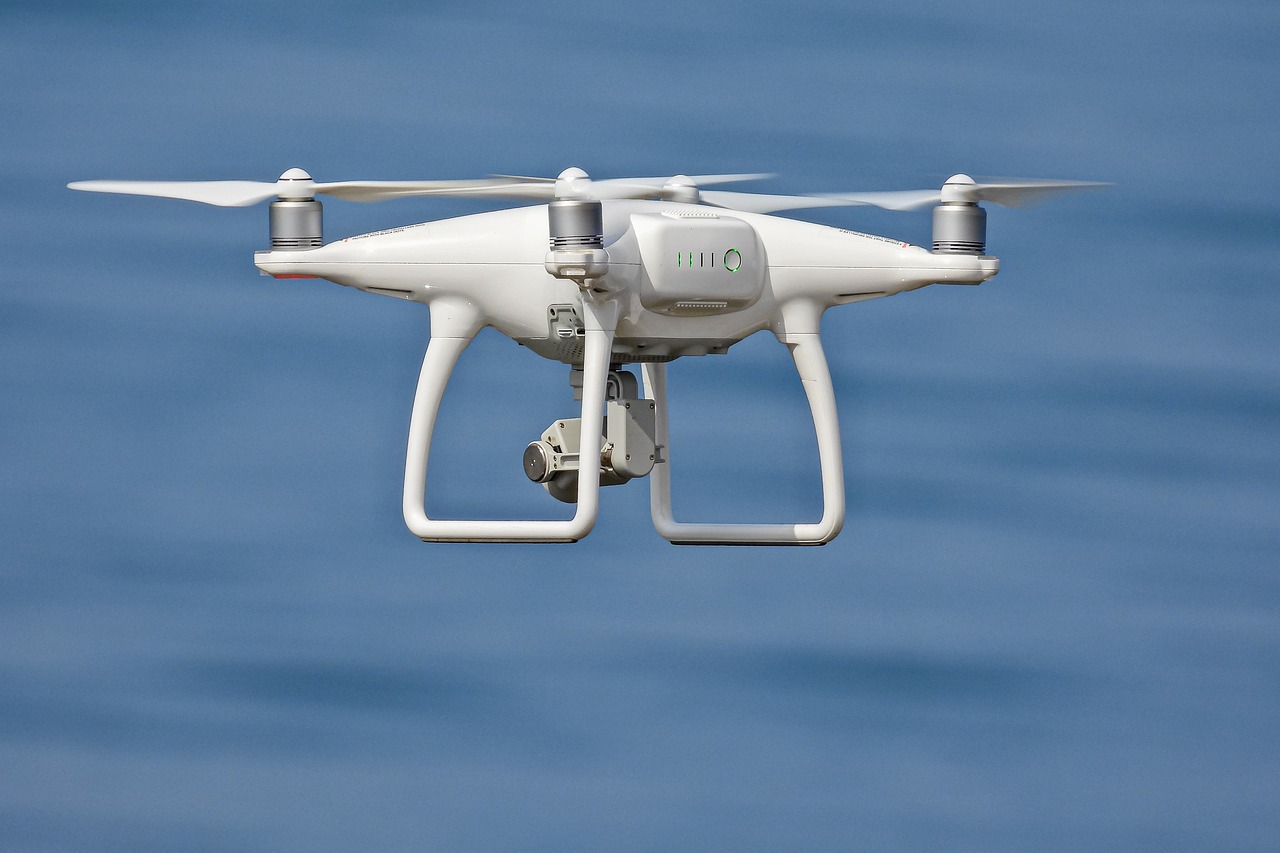The Rise of Tapas Drones: Revolutionizing the Culinary World
Introduction
In recent years, the culinary world has seen a remarkable transformation, driven by technological advancements that are reshaping how food is prepared, delivered, and enjoyed. Among these innovations, the emergence of “tapas drones” represents a particularly exciting development. These drones, designed to deliver small, gourmet dishes directly to consumers, are redefining the dining experience by merging culinary artistry with cutting-edge technology. This article explores the rise of tapas drones, examining their impact on the food industry, the technology behind them, and their potential future developments.
The Concept of Tapas Drones
Tapas, known for their variety and flavor, are ideal for drone delivery due to their portion size and the careful packaging required to maintain their quality during transit.

Technological Innovations Driving Tapas Drones
The development of tapas drones involves a combination of advancements in drone technology, packaging solutions, and food safety. Key technological innovations include:
- Advanced Navigation Systems: Modern drones are equipped with sophisticated GPS and collision-avoidance systems, enabling precise navigation and safe delivery even in complex urban environments.
- Temperature Control: To maintain the quality of the food, tapas drones often feature temperature-controlled compartments. These compartments keep hot dishes hot and cold dishes cold, ensuring that the food arrives in optimal condition.
- High-Resolution Cameras: Equipped with cameras, these drones can provide real-time feedback to the operator, ensuring that the food is handled correctly and can assist in troubleshooting any delivery issues.
- Automated Delivery Systems: Some tapas drones use automated systems for the drop-off process, allowing for contactless delivery. This is especially important in maintaining hygiene and safety standards.
Impact on the Culinary Industry
The introduction of tapas drones has several implications for the culinary industry:
- Enhanced Customer Experience: By offering quick and efficient delivery of gourmet dishes, tapas drones provide a unique and luxurious dining experience. Customers can enjoy high-quality, restaurant-style food without leaving their homes or offices.
- New Revenue Streams: Restaurants and food delivery services can tap into new markets by adopting drone technology. This innovation can attract tech-savvy customers and set establishments apart from competitors.
- Efficiency and Sustainability: Drones can potentially reduce delivery times and improve efficiency. Additionally, they might offer a more sustainable alternative to traditional delivery methods, reducing reliance on vehicles and lowering carbon footprints.
Challenges and Considerations
Despite the promising benefits, tapas drones face several challenges:
- Regulatory Hurdles: The use of drones for food delivery is subject to various regulations and air traffic control restrictions. Navigating these legal requirements can be complex and may vary by region.
- Technical Limitations: Ensuring that drones can handle different types of food and varying weather conditions is a significant technical challenge. Innovations in drone design and food packaging are crucial to overcoming these issues.
- . Ensuring that drones operate securely and respect privacy is essential for widespread acceptance and adoption.
The Future of Tapas Drones
Looking ahead, the future of tapas drones is promising. Advances in drone technology, coupled with growing consumer demand for convenient and innovative dining experiences, suggest that tapas drones could become a common sight in urban areas. Further developments may include:
- Expanded Menu Options: As technology evolves, drones could handle a broader range of dishes, from elaborate entrees to delicate desserts, expanding their culinary offerings.
- Improved Integration with Restaurant Systems: Enhanced integration with restaurant management systems could streamline operations and improve the efficiency of drone deliveries.
- Global Adoption: As the technology becomes more refined and regulations adapt, tapas drones could see adoption in cities around the world, revolutionizing how people experience dining.
Conclusion
Tapas drones represent a significant leap forward in the fusion of technology and gastronomy. While challenges remain, the potential benefits for the food industry and consumers make tapas drones a compelling development to watch. As technology continues to advance, the future of dining may well be shaped by these high-flying gastronomic pioneers.

